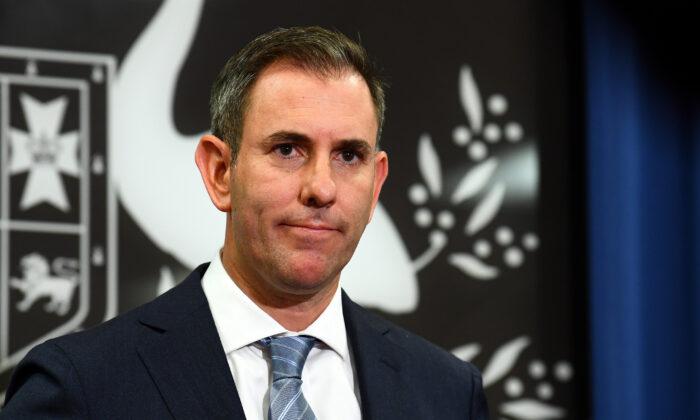Australia’s current account deficit widened to $10.7 billion (US$7.2 billion) in the June quarter of 2024, according to the Australian Bureau of Statistics (ABS) on Sept. 3.
This represents the largest deficit since June 2018, driven by declining commodity prices and increased income payments to non-residents.
The balance on goods and services dropped by $3.9 billion, settling at $12.0 billion, while the net primary income deficit increased by $0.5 billion to $22.5 billion.
A 4.4 percent decrease in goods exports, particularly lower prices for key exports like iron ore and coal, contributed significantly to the decline.
Tom Lay, ABS Head of International Statistics, highlighted the factors contributing to this downturn.
“This quarter’s current account deficit reflects continued falls in bulk commodity prices and higher income paid to non-residents,” he said.
He also noted that iron ore and coal prices fell for the second consecutive quarter, leading to a 5.4 percent drop in goods export prices compared to the same period last year.
The export sector faced additional challenges, with declines in cereal grains and preparations due to reduced Australian wheat production for the 2023-24 season, following record highs in the previous two seasons.
Despite these setbacks, the services export sector saw some relief, rising by 6 percent, driven by education-related travel services. This was attributed to higher average spending by non-residents after two weak quarters.
On the import side, goods imports slightly decreased by 0.6 percent, primarily due to reduced imports of capital goods, particularly mining equipment.
However, services imports rose by 1.1 percent after two consecutive quarterly declines, driven by increased spending on various service categories and higher travel spending by Australians.
Australia’s terms of trade—a measure of the country’s export prices relative to its import prices—fell by 3 percent from the previous quarter and was down 3.8 percent compared to the June quarter of 2023. This decline was primarily due to a 3 percent drop in export prices, while import prices remained unchanged.
The data presents a significant challenge for the government, which is already grappling with inflation and increased living costs.
On Sept. 2, Treasurer Jim Chalmers faced accusations of deflecting blame onto the Reserve Bank of Australia (RBA) ahead of GDP numbers expected on Sept. 4, with forecasts predicting another slump in GDP.
In response to the accusations, Chalmers stated that both the RBA and the government are working towards the same goal.
“Most economists expect that growth in our economy will be soft and subdued at the moment. Interest rates are part of the story, as is global economic uncertainty and price pressures in the economy. Our top priority is to implement cost of living support in the most responsible way to address inflation, while acknowledging that the economy is currently weak,” he said.
Meanwhile, Shadow Treasurer Angus Taylor argued that there are multiple measures to control inflation, criticising the Opposition’s stance on over $92 billion in government spending.
“Labor emphasises that we oppose building extensive power lines, but this is the wrong policy for our nation.”







